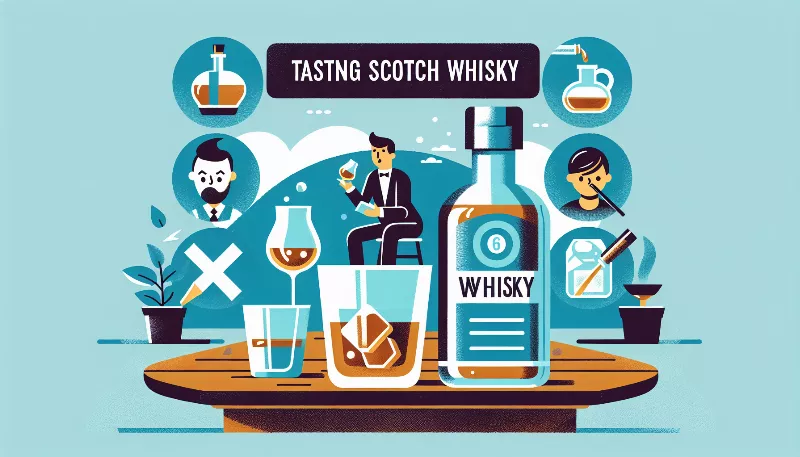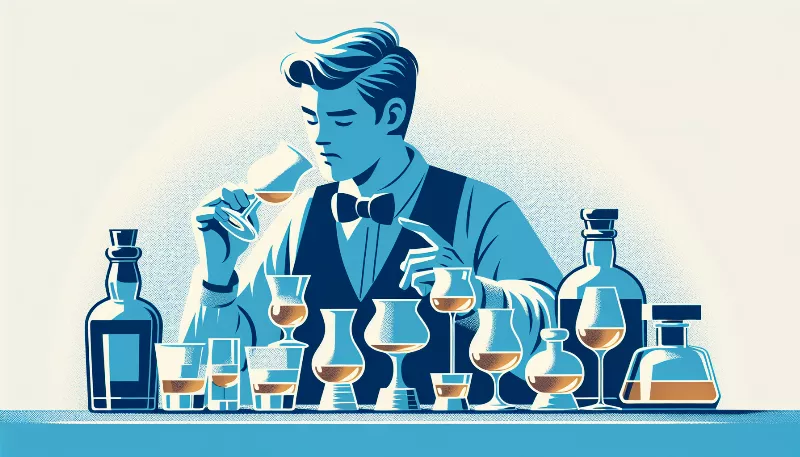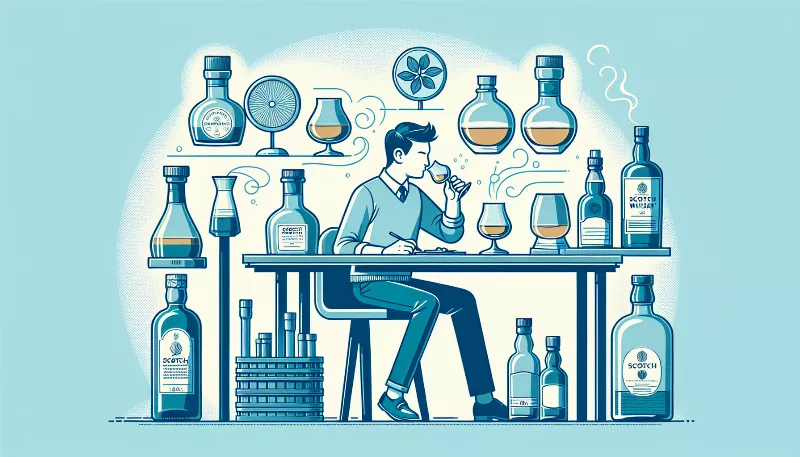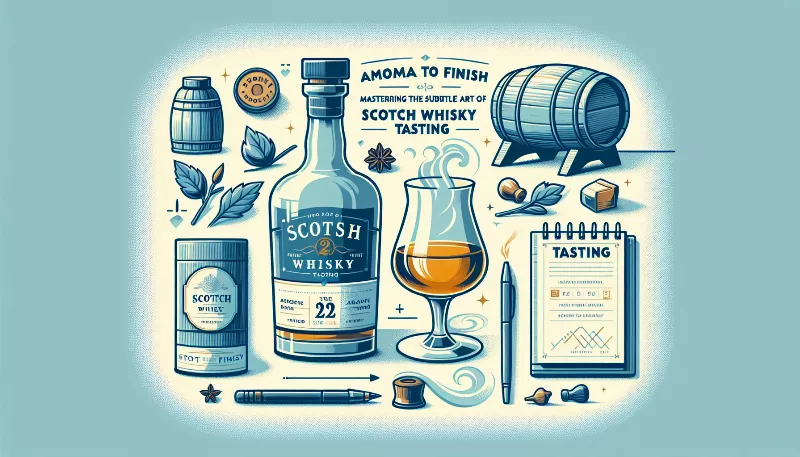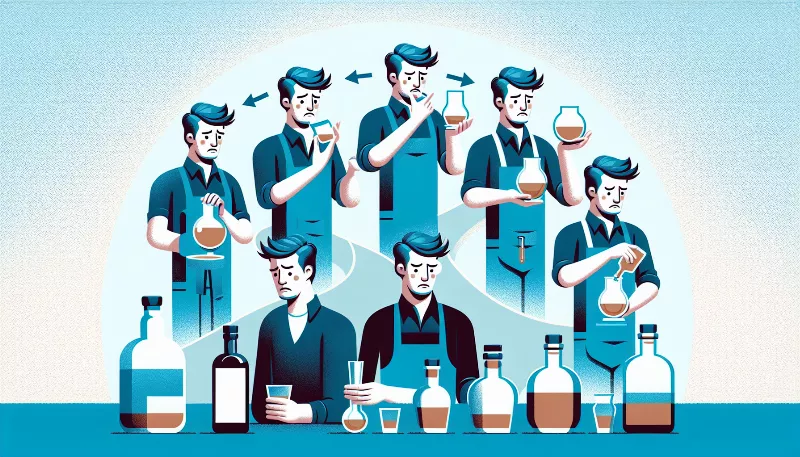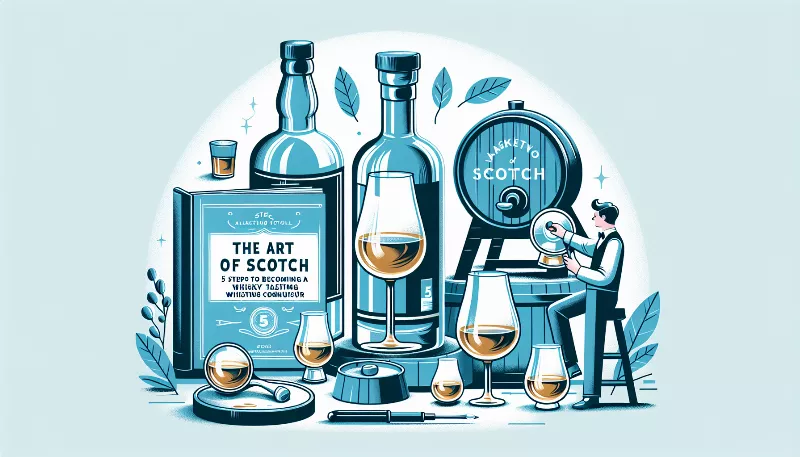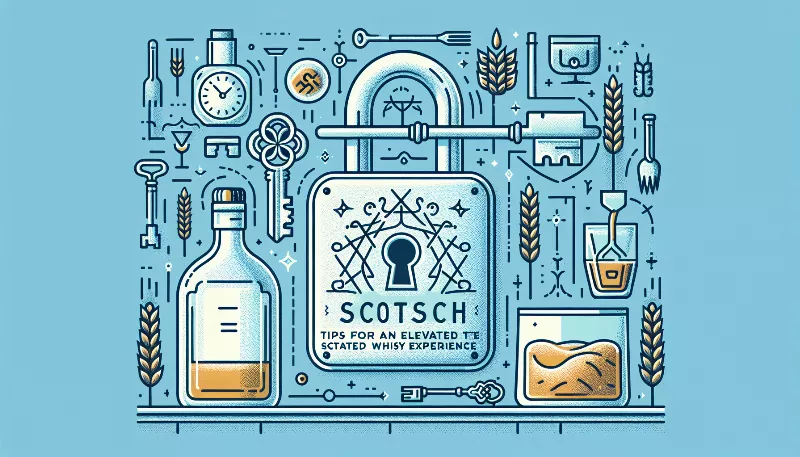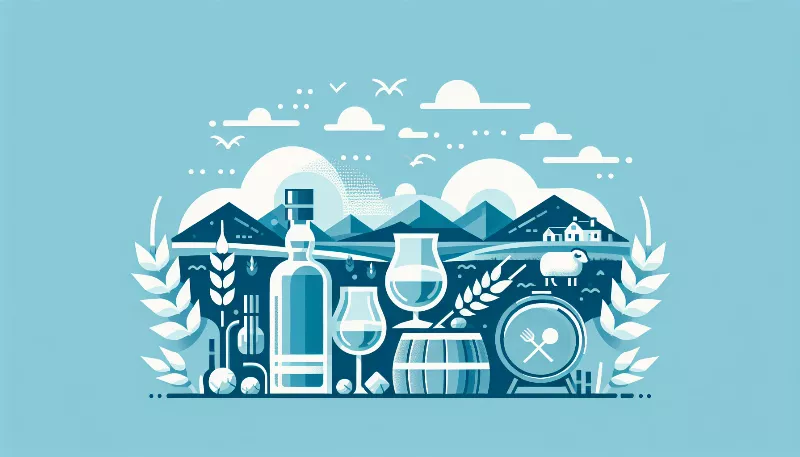What role did prohibition in the United States play in the history of Scotch whiskey?
Discover how US Prohibition boosted Scotch whiskey's allure & market. Dive into the historical journey of this beloved spirit's rise to fame.
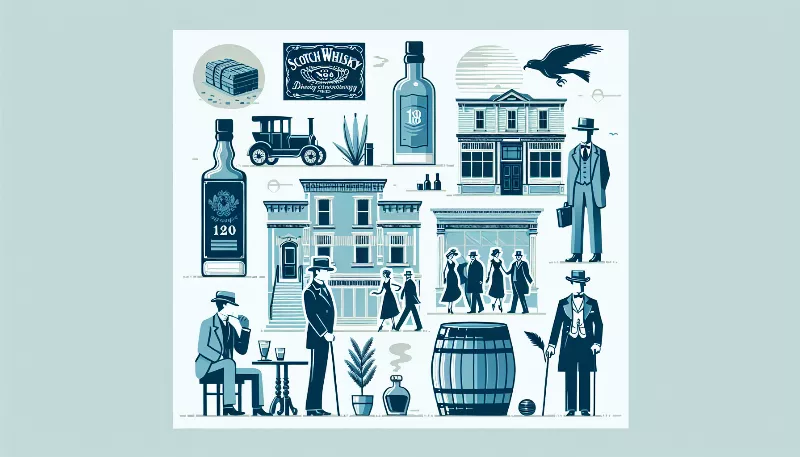
The Roaring Twenties and the Thirst for Scotch
Imagine a time when the clinking of glasses and the warm, peaty aroma of whiskey were replaced by the silence of speakeasies and the fear of the law. This was the era of Prohibition in the United States, a period that spanned from 1920 to 1933, during which the production, importation, transportation, and sale of alcoholic beverages were banned. But far from quenching the nation's thirst, Prohibition inadvertently fanned the flames of America's love affair with Scotch whiskey.
A Ban That Boosted Bootleggers
As American distilleries shut down or moved to producing 'medicinal' alcohol, the demand for illicit spirits soared. Enterprising individuals saw an opportunity to fill this void. Bootleggers and rum-runners began smuggling in alcohol from all corners of the globe, and Scotch whiskey, with its distinctive taste and foreign allure, quickly became a prized commodity. The ban on domestic production meant that imported spirits like Scotch had less competition in the black market, allowing them to gain a foothold in the American drinking culture.
Scotch's Secret Passage to Popularity
During Prohibition, Scotch whiskey's reputation was enhanced by its association with sophistication and rebellion. It was the drink of choice for those looking to make a statement against the establishment. Speakeasies often boasted about their supply of 'real Scotch,' a testament to its status as a luxury item. This period also saw the rise of organized crime, which controlled much of the illegal liquor trade, including the importation of Scotch. The mystique surrounding the smuggling operations added to the allure of Scotch whiskey, making it even more desirable to the rebellious spirit of the age.
The Aftermath of Prohibition
When Prohibition was finally repealed in 1933, Scotch whiskey was perfectly positioned to capitalize on the newly legal market. The years of clandestine consumption had established it as a fashionable and sought-after spirit. American distilleries, which had been out of operation or producing at lower capacities, could not immediately meet the pent-up demand for whiskey. Scotch producers, who had continued to refine their craft and expand their operations during America's dry years, were ready to export vast quantities to the thirsty American public.
Legacy of the Prohibition Era
The legacy of Prohibition on Scotch whiskey is profound. It provided an unexpected opportunity for Scotch to become entrenched in the American consciousness as a symbol of luxury and defiance. Even after the repeal, the preference for Scotch persisted, and it remains a beloved spirit in the United States to this day. The era of Prohibition, with all its ironies and unintended consequences, played a pivotal role in the history of Scotch whiskey, transforming it from a foreign novelty to a staple of the American liquor cabinet.

